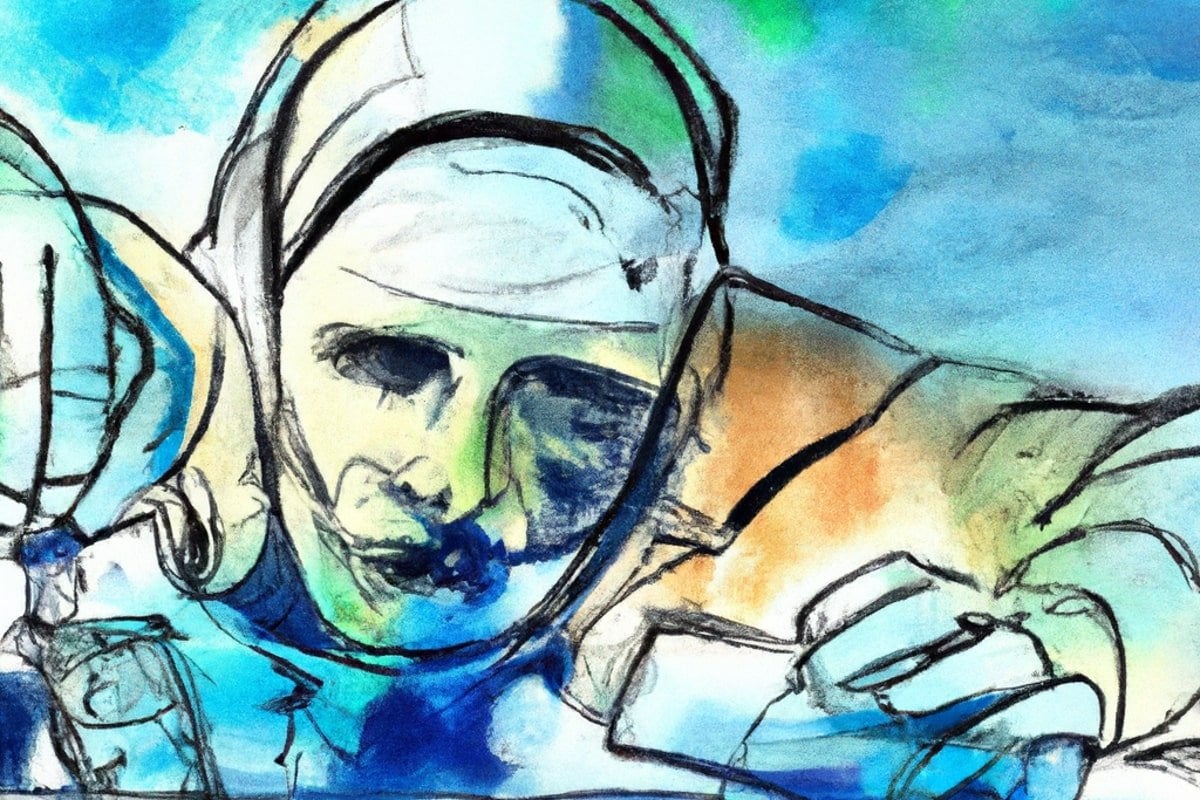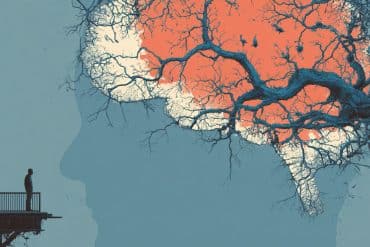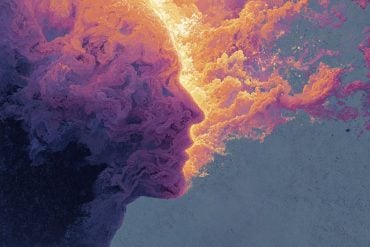Summary: People with anxiety and major depressive disorders experience more alcohol-related symptoms than those without, even at the same levels of drinking. This finding may explain why those with anxiety or mood disorders are at greater risk of developing an alcohol use disorder.
The study highlights internalizing disorders as a previously unidentified marker of a specific alcohol-related harm paradox, indicating the need for modifying “safe” drinking recommendations for people with anxiety or mood disorders. The co-occurrence of these conditions may reflect shared neurobiological mechanisms, which raises the risk of developing the other in the future.
Key Facts:
- The co-occurrence of anxiety or major depressive disorders and AUD is common, with 20-40% of those with internalizing disorders also having AUD.
- Individuals with internalizing disorders experience more alcohol-related symptoms and problems than those without, even when drinking the same amount of alcohol.
- Internalizing disorders are a previously unidentified marker of the alcohol-related harm paradox, suggesting the need for modified “safe” drinking recommendations for those with anxiety or mood disorders.
Source: Research Society on Alcoholism
People with anxiety or major depressive disorders experience more alcohol-related symptoms and problems than people without those disorders, even at the same levels of drinking, according to a large study.
This finding might help to explain why those who develop an anxiety or mood disorder are at heightened risk of alcohol use disorder (AUD).
“Internalizing disorders”—anxiety disorder or a major depressive disorder—and AUD commonly co-occur: 20-40% of people with an internalizing disorder have AUD, compared to 5% of the general population. It has been shown that people with internalizing conditions become dependent on alcohol (or nicotine) more quickly than others, even at similar levels of use.
This phenomenon is an example of the “harm paradox,” negative consequences from a given level of substance use within a certain group that exceed those experienced by people outside that group.
The neurobiology underlying both AUD and internalizing disorders overlaps in key ways, suggesting that the co-occurrence of these conditions may reflect shared neurobiological mechanisms.
For the study in Alcohol: Clinical & Experimental Research, investigators compared AUD-related symptoms in people with an internalizing disorder and those without, accounting for alcohol intake and other factors.
The researchers worked with data from 26,000 adults drawn from the National Epidemiological Survey on Alcohol Related Conditions; 54% were women, with a mean age of 43. Individuals who reported drinking in the prior year provided information on their alcohol use and family history of alcohol problems.
They were interviewed about their alcohol-related symptoms and experiences with anxiety and mood. They were categorized as never having had an internalizing disorder diagnosis (18,000), having a past internalizing diagnosis since remitted (3,000), or having a current internalizing diagnosis (4,700). The researchers used statistical analysis to compare the level of current AUD symptoms reported in the three groups.
They adjusted for characteristics associated with the harm paradox effect, including drinking patterns (e.g., binging), gender, and family history. In addition, they conducted an almost identical secondary analysis using a different sample of survey participants.
In a demonstration of the harm paradox effect, internalizing disorder status predicted AUD symptoms. The groups with current and remitted anxiety or mood disorders manifested higher levels of AUD symptoms than those who never had one of these mental conditions. In participants with more than one internalizing disorder diagnosis, the size of the alcohol-related harm paradox increased.

Certain additional factors were also highly predictive of AUD symptom count. Younger age, being male, having higher education, and having a close relative with alcohol problems were associated with a greater number of AUD symptoms.
Being white and earning $30,000 or more were linked to fewer AUD symptoms. As expected, current alcohol intake and binge drinking were also strongly linked to AUD symptom count. The analysis of the second dataset replicated the findings of the first.
The findings spotlight internalizing disorders as a previously unidentified marker of a specific alcohol-related harm paradox. Internalizing disorder status predicted AUD symptoms after accounting for the level of drinking and other factors for both men and women. Consequently, it may make sense to modify “safe” drinking recommendations for people with anxiety or mood disorders.
Based on the data used in this study, it was not possible to evaluate the role of neurobiological processes. That said, having AUD or an internalizing disorder substantially raises the risk of developing the other in the future, supporting the existence of a single neurobiological pathway to increased risk for both conditions.
About this depression, anxiety and AUD research news
Author: Press Office
Source: Research Society on Alcoholism
Contact: Press Office – Research Society on Alcoholism
Image: The image is credited to Neuroscience News
Original Research: Open access.
“Evidence for an alcohol-related “harm paradox” in those with internalizing disorders: Test and replication in two independent community samples” by Justin J. Anker et al. Alcohol: Clinical & Experimental Research
Abstract
Evidence for an alcohol-related “harm paradox” in those with internalizing disorders: Test and replication in two independent community samples
Background
Internalizing (anxiety and mood) disorders (INTD) commonly co-occur (are “comorbid”) with alcohol use disorder (AUD). The literature suggests that excessive alcohol use aimed at coping with INTD symptoms is, at best, a partial explanation for the high comorbidity rates observed. We hypothesized that individuals with INTD experience greater susceptibility to developing AUD symptoms due to the partially shared neurobiological dysfunctions underlying both conditions. We probe this hypothesis by testing the prediction that, after accounting for the volume of alcohol intake, individuals with INTD experience higher levels of alcohol-related symptoms.
Methods
Data from the National Epidemiological Survey on Alcohol-Related Conditions (NESARC) Wave 3 were used for the primary analyses, and NESARC Wave 1 data were used for independent replication analyses. Individuals who reported any alcohol use in the prior year were categorized as: (1) never having had an INTD diagnosis (“INTD-Never”); (2) having a remitted INTD diagnosis only (“INTD-Remitted”); or (3) having current INTD diagnosis (“INTD-Current”). Between-group contrasts of alcohol-related symptoms controlled for total alcohol intake (past year), drinking pattern (e.g., binging) and variables previously shown to mark exaggerated AUD symptoms relative to drinking amount (e.g., SES, gender, and family history).
Results
With all covariates in the model, individuals in the INTD-Current group and the INTD-Remitted group reported significantly greater alcohol-related symptoms than those in the INTD-Never group but did not themselves differ in level of alcohol-related symptoms. These results were replicated in the NESARC 1 dataset.
Conclusions
Individuals with INTD experience more alcohol-related symptoms than those who drink at the same level. While considering other explanations, we argue that this “harm paradox” is best explained by the view that INTD confers a neurobiologically mediated susceptibility to the development of AUD symptoms.







